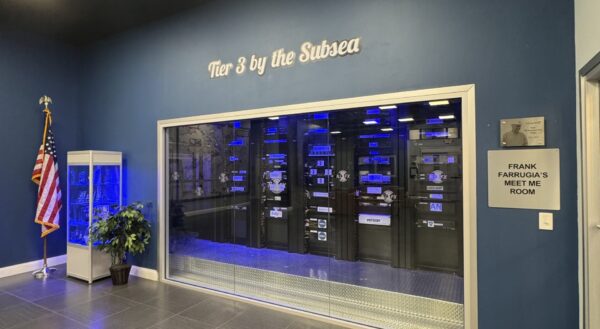
The AI-Ready Cable Landing Station is Coming
NJFX today announced the completion of a comprehensive Basis of Design for a new 10MW high-density AI data hall, delivering an expected 1.25 PUE and 8MW of usable IT load.
Working with today’s technology has created huge evolvement in learning trends and techniques to run a successful infrastructure
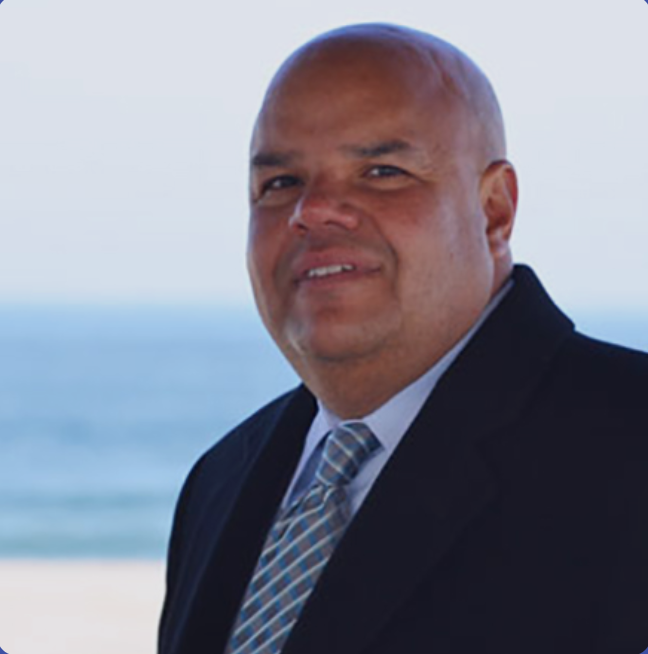
CEO
October

London, UK – NJFX CEO Gil Santaliz moderated a panel of telecom leaders at Capacity Europe covering some of the most significant issues facing the industry…
The Panelists:
Gil Santaliz, CEO, NJFX (Moderator)
Panagiota Bosdogianni, CTO, OTEGLOBE
Gavin Rea, CTO, Gulf Bridge International (GBI)
Alice Shelton, Senior Consultant, Global Submarine Sales, Ciena
Carlos Dasi, CTO, Telxius
Subsea Infrastructure Targeted
In recent months, there has been a threat to the security of the critical subsea infrastructure. Recent events affecting subsea cables are leading to reevaluations of security precautions to prevent vandalism. In mid-October, a fishing trawler accidentally severed subsea cables to the Shetland Islands in Scotland. A case of vandalism disrupted telecom service in Marseilles, France.
Telxius subsea systems are unique by diverting from the other cables and landing in southern Europe. NJFX CEO Gil Santaliz asked the panelists what can there be done to protect the subsea cable systems from these threats?
“It’s a hard question. Diversity is important.” Telxius CTO Carlos Dasi said.
Santaliz added, “There are fourteen cables that are connecting the Atlantic including five brand new systems and nine legacy cables. Diversity is the most important part of having the most capacity possible. Companies like, Ciena, need to be prepared to support a hurricane in Florida that continues to Myrtle Beach. Do you have the equipment available for the other cable to pick up the capacity?”
“If you have damage, you can always move the equipment,” said Alice Shelton, Senior Consultant Global Submarine Sales at Ciena. “A lot of those cables you mentioned including TGN, FA-1, AC-1, and Yellow are all coming to the end of life. There are new systems coming across carrying increased capacity. You mention five new cables, which is not a lot of diversity, however, with all fourteen cables that give higher chance. I think there is going to be more transatlantic systems coming as those nine cables retire.”
“The economics do not allow the older cables to compete with the new cables,” Santaliz added. “How is the Mediterranean dealing with the refresh of cables?”
Gavin Rea, CTO at Gulf Ridge International, replied, “The next two or three years there will be new cables being installed that will increase diversity in the Red Sea. If anything would happen in Egypt we diversify and explore routes through Iraq and Iran to get extra diversity. We need to look at it as an industry and see how many cables are going into Marseille, luckily, we have others that give you an assortment of routes. We just announced Greece data center to Egypt, big development.”
“Is Greece going to be a big hub for cables?” Santaliz asked.
“Greece would be providing diversity when the market fails,” Panagiota Bosdogianni, CTO, of OTEGLOBE adds. “We are seeing a lot of announcements of cables entering Greece and for us being a Greek company it will attract more interest to our market. We are looking into the capabilities and the revolution of subsea cables and data centers in Crete and Athens. Greece will be the bridge point in the coming years.”
Conflicts around the world pose considerable challenges to network security, however.
“The Middle East is very challenging. You see how quickly things are moving in these countries until you find a balance. We will have to see how these political relationships will work out. Ukraine’s situation is extremely impacting communication and has caused fiber infrastructure damage,” Rae said.
Embracing Next Gen
Capacity is striving to encourage young talent interested in the industry at round table discussions with executive leaders in telecom. Mentoring the next generation of industry professionals is extremely important to shape a brighter and more sustainable future.
During a panel at Capacity Europe, NJFX CEO Gil Santaliz posed a question about mentorship about the most important leadership characteristics and educating professionals about them.
“At Telxius, we have a mentoring program that brings out the confidence we need in people, has them think outside the box, and wants to add exciting initiatives within the business. The industry is very traditional in ways and bringing new talent can bring a fresh perspective,” Telxius CTO Carlos Dasi responded.
Siena’s Shelton added how an initiative at SubOptic, a non-profit for the industry, has become extremely active. “The Diversity and Inclusion Group had 15 mentees and 16 mentors that participated through the program last year,” she said. “They brought the Group back and have expanded to 25 mentors and 25 mentees this year!”
“It is a fantastic program that SupOptic has created,” Gil Santaliz added. “Our General Manager, Felix Seda, is part of that initiative alongside the PTC Advisory on working to have younger generations participate in the conference and getting a seat at the table.”
”There is a lot of history that has been forgotten, as well as a lot of experience that has been lost as people leave the industry,” says Gulf Ridge’s Rae. “The ability to question those changes, to think outside the box, and recognize that certain things must be done in a specific way is important.”
The subject drew questions and raised eyebrows regarding how to mentor the following generation and prepare for the change in the evolution of these subsea cables.
New World Cables & Challenges at Sea
Technology companies are guiding subsea cable systems toward greater market participation, with Facebook, Google, Amazon, and Microsoft serving as the main movers to connect social media networks, cloud computing, and other bandwidth-intensive tasks.
Telxius has been doing groundbreaking work and leading to the landing of a cable in Virginia Beach with high-count cables.
“You had to overcome many things to make a successful cable landing station,” said Santaliz. “What challenges did you have to overcome in developing the CLS with 3 subsea cables, that I consider new world cables today, Marea, Brusa, and Dunant?”
“The main talent is to have the capacity to get everything ready and hope the customers have the best services,” Dasi replied. “It is not just infrastructure, but there are a lot of providers that are providing the same services as capacity and colocation, etc. We have great growth in the data center market.”
The Value: Copper VS Aluminum
Is there any innovation in subsea cables using aluminum instead of copper, besides cost?
“Aluminum is slightly cheaper, but the key point is a more stable supply source. The other point is you can use different amounts of aluminum to affect the cable. Have high resilience cable to save on the material or go a lot on the material and have low resilience but you will go a further distance. It is possible, but it needs to be proven environmentally and economically before starting a project,” Shelton added.
###
About NJFX:
NJFX is a Tier 3 Carrier Neutral Cable Landing Station campus. Our colocation ecosystem has expanded to over 35 network operators offering flexibility, reliability, and security. Our Wall, NJ location provides direct access to multiple subsea cable systems giving our carriers diverse connectivity solutions and offers direct interconnection without recurring cross-connect fees

NJFX today announced the completion of a comprehensive Basis of Design for a new 10MW high-density AI data hall, delivering an expected 1.25 PUE and 8MW of usable IT load.
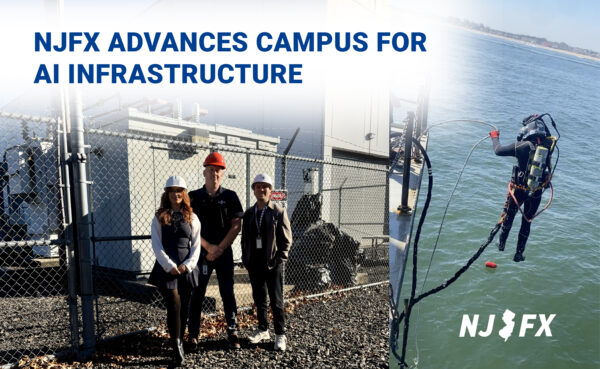
NJFX today announced the completion of a comprehensive Basis of Design for a new 10MW high-density AI data hall, delivering an expected 1.25 PUE and 8MW of usable IT load.

Red Sea conflict threatens Key Internet Cables. Maritime attacks complicate repairs on underwater cables that carry the world’s web traffic.
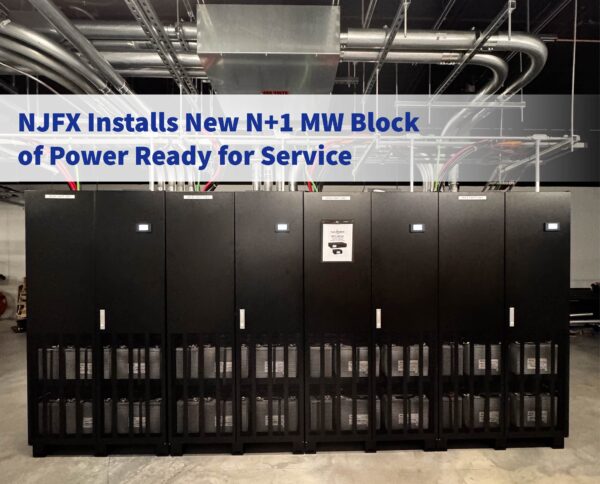
Red Sea conflict threatens Key Internet Cables. Maritime attacks complicate repairs on underwater cables that carry the world’s web traffic.
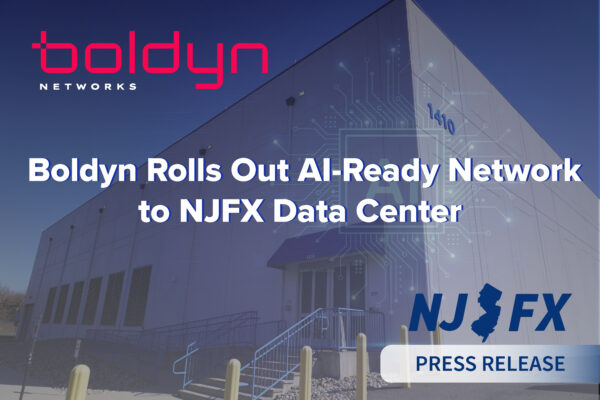
Red Sea conflict threatens Key Internet Cables. Maritime attacks complicate repairs on underwater cables that carry the world’s web traffic.
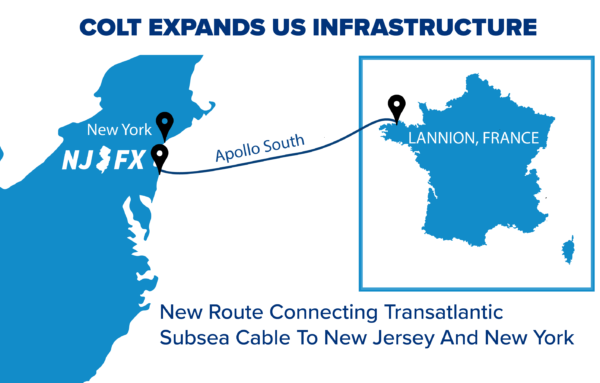
Red Sea conflict threatens Key Internet Cables. Maritime attacks complicate repairs on underwater cables that carry the world’s web traffic.
